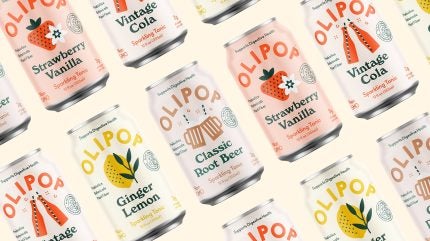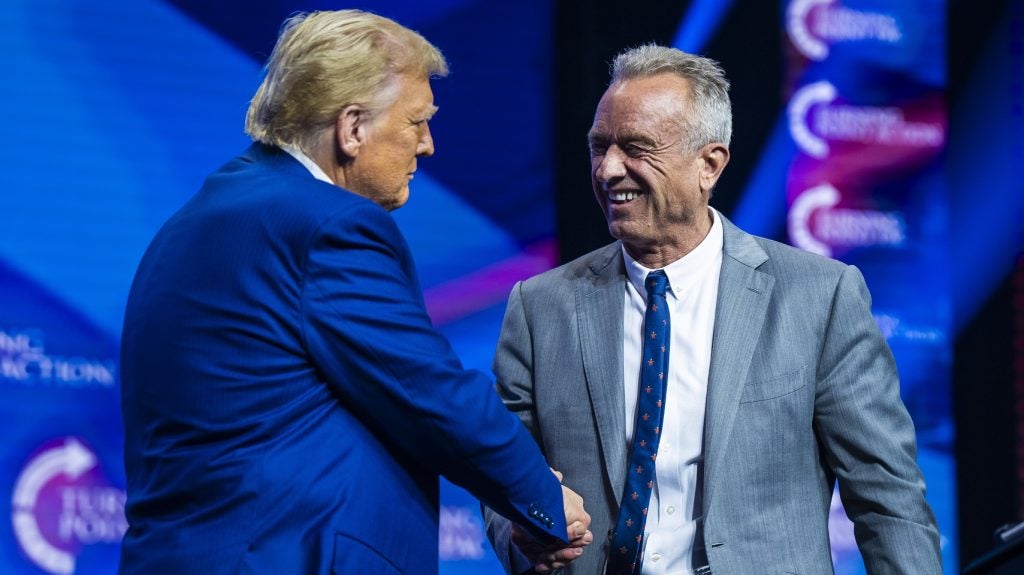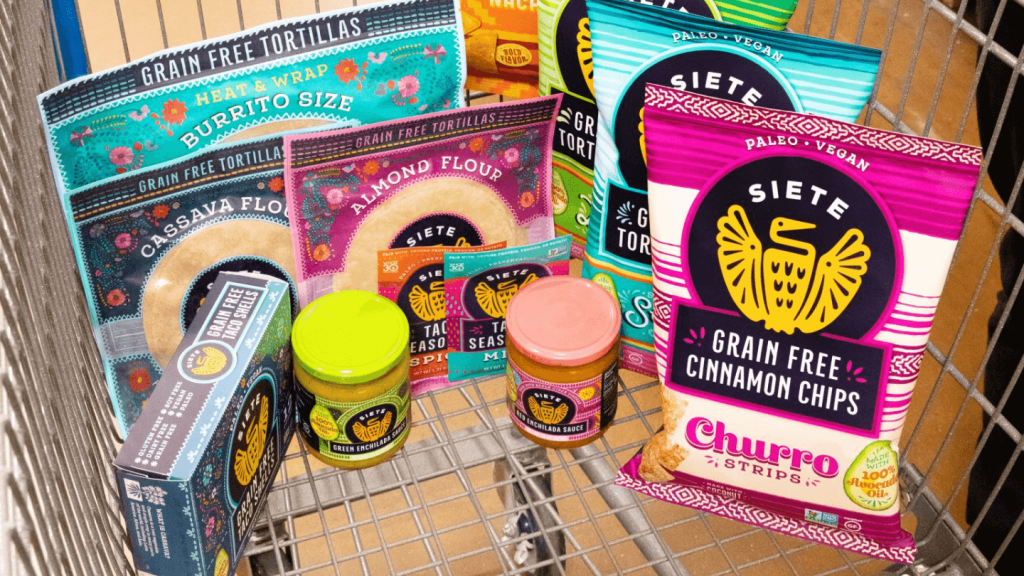
The so-called natural food and beverage industry in the US had been on a steady rise for decades but it’s suffered in recent years amid the pressures that have hit the whole industry.
However, the page has now turned and 2025 is going to be an important year for emerging brands in the natural category in the US.
The supply chain problems that resulted from Covid-19, along with the high food inflation seen more recently, stunted growth in the area, making it more difficult for those kinds of brands to grow and succeed in the US.
Renewed consumer interest in health and wellness
First, what is perhaps the biggest tailwind for natural food and beverage brands in the US is the fresh attention among consumers in the links between food and drinks and health.
According to data from insights firm SPINS, the growth of natural products is outpacing conventional CPG in every retail channel in the US. That is a switch from a couple of years ago when big brands had returned – after seeing smaller brands eat into their market share in the late 2010s – to a position of dominating consumer demand and sales.
Consumers are expressing their renewed interest in health and wellness in surveys. The International Food Information Council (IFIC) found 78% of US consumers are actively seeking out food and beverage products with cleaner and more recognisable ingredients.
The high cost of healthcare in the US is also driving more Americans to look to improve their diets and eating and drinking more healthily as a way to stay out of the hospital. Look for the food as medicine concept, which was growing significantly pre-pandemic, to return after being sidelined the last few years.
President Trump’s embracing of Robert F. Kennedy and his MAHA (Make America Healthy Again) movement is also adding to the increased consumer interest in food and beverage products as a source of health and wellness in the US.
Trump has nominated Kennedy to be Health and Human Service Secretary. Kennedy, who faces his first Senate confirmation hearing today (29 January), has said he plans to reform the US Food and Drug Administration and the food industry, with an eye towards forcing big food and beverage makers to create healthier products.

The new priorities of US retailers
After nearly five years of giving an over-advantage in shelf-space and focus to big CPG brands, retailers of all types, including Kroger, Target and Walmart, are once again giving smaller brands more priority. Adding space for emerging brands, particularly in the natural products space, was the trend prior to the pandemic and the period of high food inflation. Prices continue to rise but it’s stabilised significantly.
Retailers in the US are realising it pays off to give these emerging brands more space because consumers are demanding them. They also fetch higher gross margins for retailers.
Food inflation has also driven consumers to choose retailer’s own labels when it comes to conventional products, which means they don’t need to go overboard with big conventional brands like they did in recent years.
The opportunities for innovative, natural, food and beverage brands at retail are greater today than they have been in the last few years. However, the criteria to perform is no less than it’s ever been, whether the chain is Whole Foods, Sprouts Farmers Market, Target, Kroger or Walmart.
Better opportunities for funding
Funding and investment opportunities for emerging brands have been sluggish over the last couple of years. But that’s changing.
Investors, too, are seeing the renewed interest in consumer demand for natural food and drinks. Consumers are increasingly prioritising clean labels and healthier products, including in ‘functional’ areas like probiotics, adaptogens, and high-protein. Younger consumers, particularly Millennials and Gen Z, are drawn to these types of products and are even willing to pay a higher price for them. The success of “healthier” soda pop brands Olipop and Poppi is a positive sign to investors looking to place their funds.
Starting this year, worthy natural food and beverage emerging brands operating in the US will have an easier time getting funding.
We’re also going to see renewed investments by big food and drink companies in these smaller brands. Remember CVC (corporate venture capital)? Nearly every major CPG company has one of these venture arms. They’ve all been dormant the last few years. I expect to see renewed activity when it comes to CVC.
I also expect to see more acquisitions, both major transactions like PepsiCo’s $1.2bn purchase of Siete Foods, as well as smaller deals.

Improved price parity with big brands
Historically, natural food and beverage products have commanded a significant price premium over big brand conventional products in US retail. However, the gap has shrunk due to the price increases that the majors have implemented over the last few years.
This, along with retailers opening-up more shelf space to natural emerging brands, makes it easier for smaller businesses to compete at retail. Most consumers are willing to pay a certain premium for healthier or better-for-you foods (although there’s a limit to how much more).
Nevertheless, this improved price parity is beneficial for natural emerging brands when it comes to both consumer perception of the category, as well as actual sales.
Social media and influencer marketing boom
Unlike traditional food brands that generally rely heavily on expensive advertising campaigns, emerging natural food and beverage brands in the US can leverage social media to build brand awareness at a fraction of the cost. Influencer marketing, TikTok trends and grassroots digital campaigns provide a direct line to consumers, making it easier than ever to create brand loyalty.
Natural emerging food and beverage brands tend to lend themselves to far better storytelling than their larger, conventional rivals, which is a big plus with consumers today, particularly younger people.
Brands that master storytelling – whether it’s about their mission, their founders, or their innovative ingredients – will thrive in 2025. US consumers want more than just a product; they want a connection to the brands they support. Through platforms like Instagram, YouTube and TikTok, smaller brands can engage their audience in a way that feels authentic and personal.
Challenges remain but opportunities abound
While 2025 offers enormous opportunities for natural emerging food and beverage brands, challenges remain. Supply chain disruptions, inflationary pressures and intense competition can make it difficult for smaller brands to break through in their respective categories. However, those that focus on strategic partnerships, innovative product development and strong branding will have the best chance of success.
One of the best strategies for emerging brands is collaboration. Partnering with complementary companies, leveraging co-branding opportunities and working with influencers who align with their mission can amplify brand visibility and credibility.
Additionally, offering transparency in sourcing, production, and business practices will be essential. The modern US consumer is sceptical of vague marketing claims, so the more transparent a brand can be, the better its chances of building lasting trust.
Younger consumers want innovative natural food and beverage brands for a myriad of reasons. Older consumers are increasingly prioritising foods and beverages for health, wellness and longevity. The market for natural brands is expanding and so once again is retail shelf space.
For natural emerging brands willing to embrace these trends, which innovate responsibly and that engage authentically with consumers, the opportunities are boundless.



